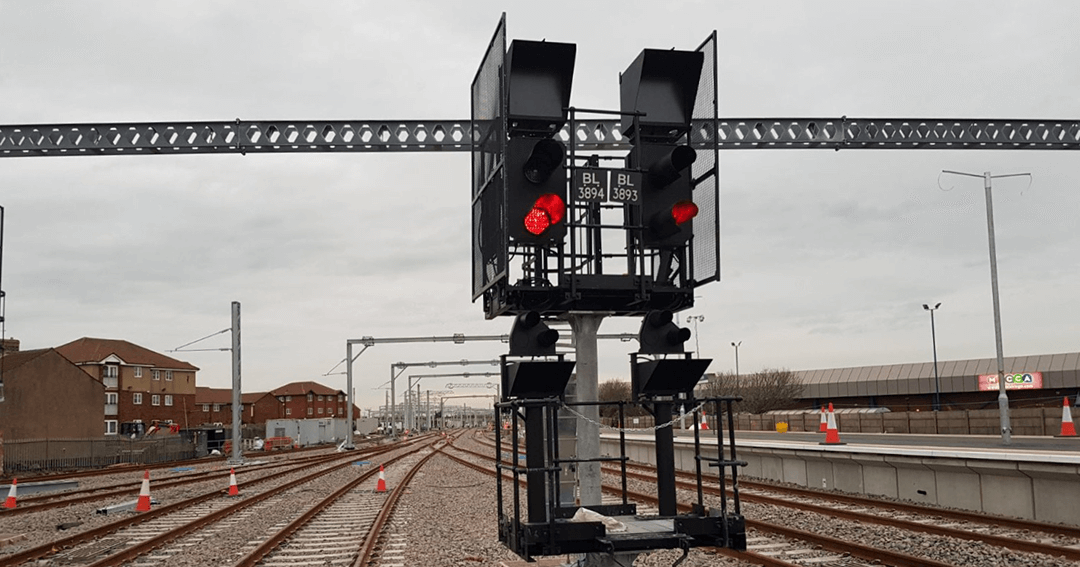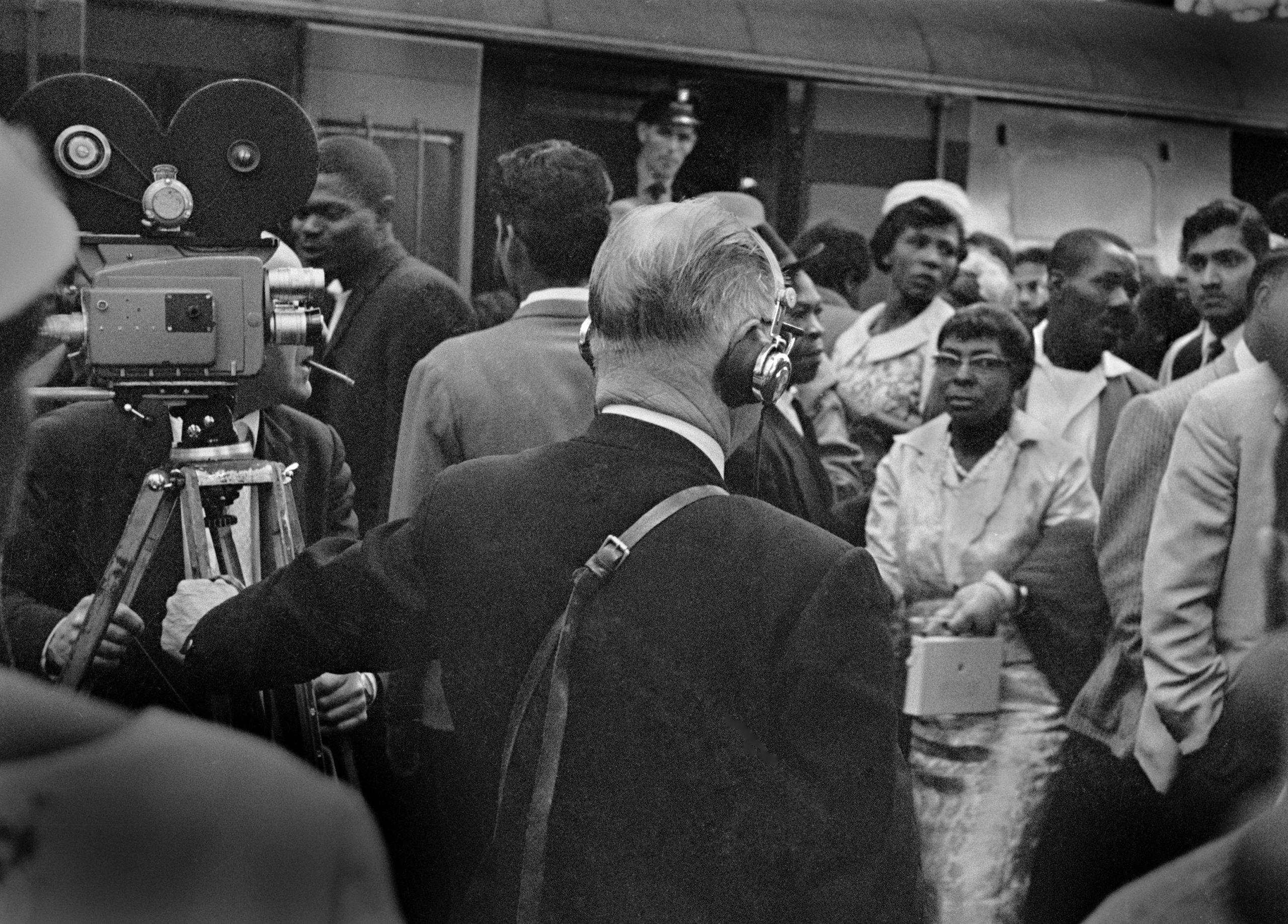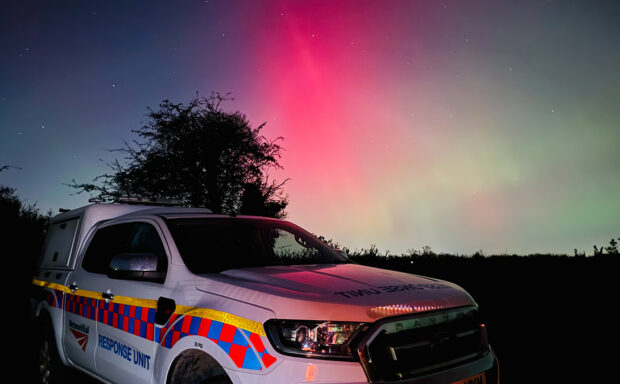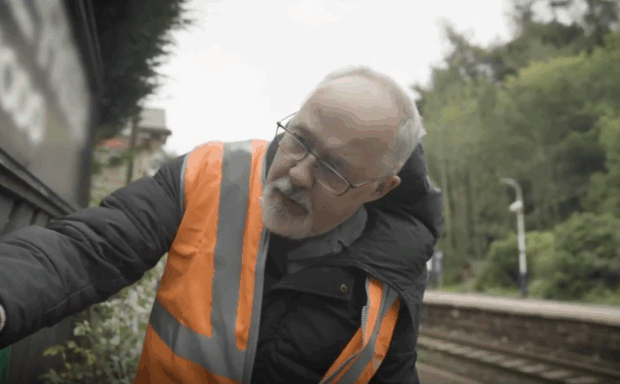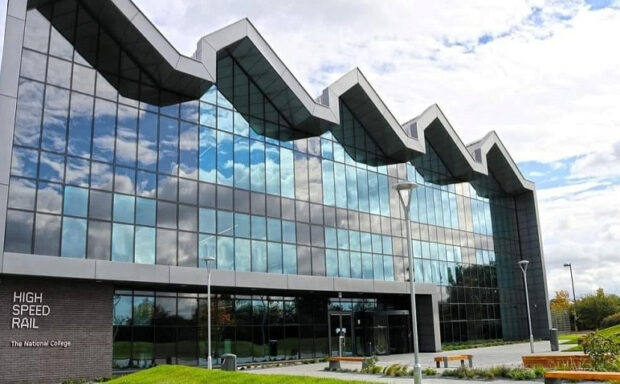Upgrades to signalling and train control systems feature strongly in our improvement works and are part of our ongoing plans to install modern technology to improve services for passengers and freight operators.
Signalling is a crucial part of the railway infrastructure, enabling trains to move safely around the network. But how does it work and what role does it play in delays?
What is signalling?
Signalling is essentially a sophisticated traffic light system for the railway. The complexities of moving trains around such a large network, keeping them safely apart, and allowing for their long stopping distances, means the signalling system is very complicated and comprises a great many parts.
The signals themselves are the lineside pieces of equipment that tell train drivers when it is safe to proceed and what route their train will take.
The broader signalling system also includes systems for determining the position of trains, controlling the railway and operating the timetable, and points that control the directions trains take. Other systems determine what movements are safe and train protection systems guard against mistakes by drivers.
Signalling systems are designed to fail to a safe state, so faulty components can often result in signals remaining at red, causing train delays.
Signals and points
What do our signals look like and how are we improving signalling?
Most signalling systems use trackside signals to control the safe movement of trains and tell drivers what to do.
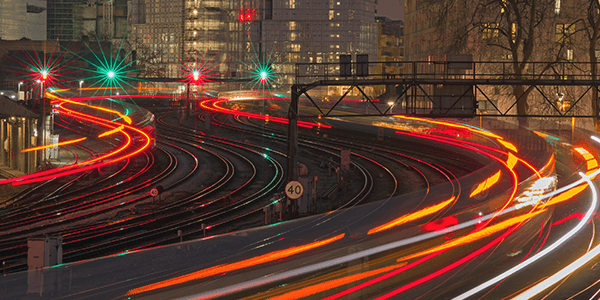
A colour light signal shows different colours to authorise train movements. Many have additional indicators to show which route has been set up for the train and which way it must go.
Modern signalling systems provide the necessary information to the driver on displays in the train cab.
We have about 40,000 signals across the whole network, mostly colour light signals and with many benefitting from LED technology. There are also still some traditional mechanical semaphore signals.
Our network is under growing pressure to meet capacity needs, making the modernisation of our ageing signalling system an essential part of our vision for a better railway for a better Britain. Around half the network is still more than 30 years old.
Roughly half the network is controlled by electronic systems with the rest operated by electro-mechanical systems. The concept of a digital railway hails from the 1980s when we began to use computers to control the signalling.
Our Digital Railway strategy goes further – it’s our programme to modernise the network with cab signalling to replace lineside signals, and new traffic management systems to improve the way the network is run.
What is a signal failure?
When passengers hear an announcement regarding a signal failure, it’s usually a failure of the broader signalling system that means it no longer has all the information it requires.
The loss of vital data, such as the exact position of trains or the status of the track ahead, results in delays because the system can only allow train movements when it knows it is safe to do so.
So, when a signalling system fails, is it possible to switch it off and turn it back on again? Sometimes, yes, but very often it is a component that needs to be located alongside the track which has failed. These failures require staff to physically access and repair the component, which all takes time.
Meanwhile, multiple trains will have been stopped by red signals and so it’s not necessarily a quick fix to get the things moving again.
Signalling systems are also vulnerable to a wide range of risks ranging from flooding to lightning strikes. These can cause failures that are difficult and time-consuming to resolve.
Some of the most common causes of signalling failures
Points failure: A fault with the movable pieces of track or their operating equipment that enable trains to change tracks. Points are interlocked with signals, so you can’t tell a train to proceed if the points have failed.
Power failure: A national grid problem or an issue with the power supply’s backup system. They often occur in places where our cables are older or have been stolen. Power failures can affect systems covering a very large area.
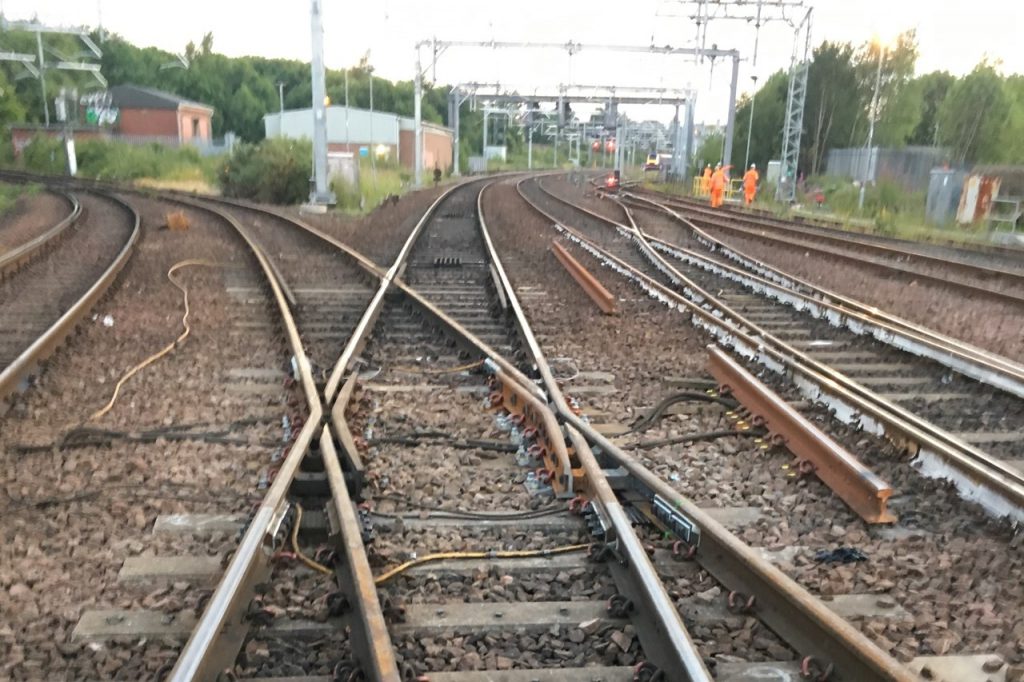
Train/track detection failure: A failure of the systems used to detect trains on each section of track.
Extreme heat: Very high temperatures can affect signalling systems, causing them to shut down. They can also affect train detection systems.
Faulty components: Faults in all types of electronic, electrical and mechanical components can result in a system failure. A complete system is made up of many thousands of individual components and duplication is not always possible.
The Digital Railway
Our strategy to modernise the railway involves the installation of cab signalling and sophisticated computerised and automatic train control systems. These will allow us to improve capacity and performance across the railway network, enabling more trains, better connections and greater reliability.
Glossary:
Signals – the lineside pieces of equipment that tell drivers if they can pass safely.
Cab signalling – a signalling system where the indication to proceed is given to the driver on a display within the cab rather than by lineside signals.
Signalling – the broader system that controls train movements.
Points – movable switch rails that direct trains at junctions, normally controlled by the signalling system.
Train detection – a system that determines whether a section of track is clear or occupied by a train.
